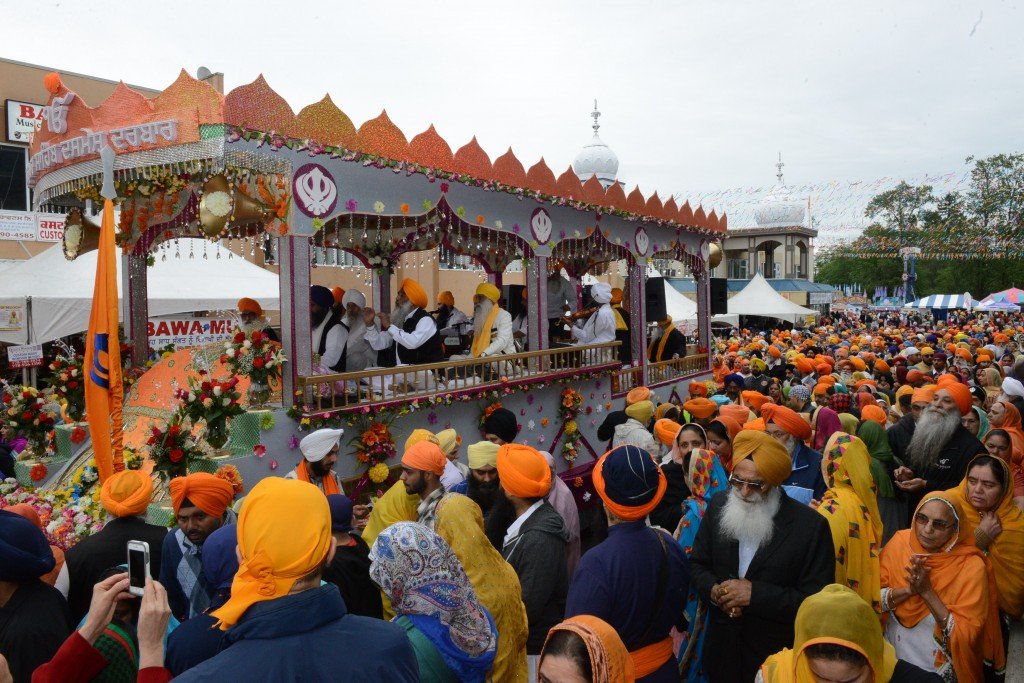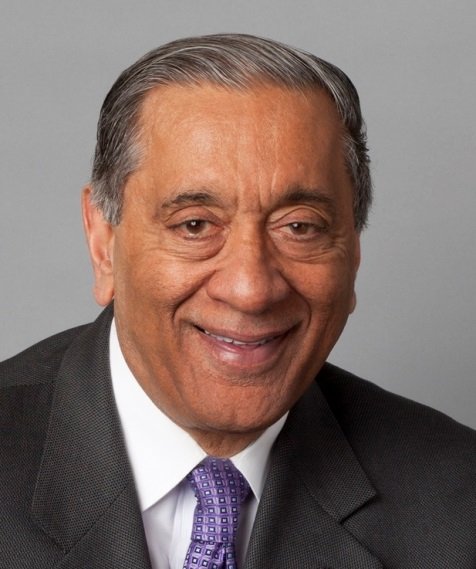DESIBUZZCanada
Events Listings
Dummy Post

International Day Of Yoga To Be Virtually Celebrated Saturday At 4pm

CANCELLED: Coronavirus Fears Kills Surrey’s Vaisakhi Day Parade

ADVERTISE WITH US: DESIBUZZCanada Is The Most Read South Asian Publication Online

SURREY LIBRARIES: Get Technology Help At Surrey Libraries

WALLY OPPAL: Surrey Police Transition Update On Feb. 26

GONE ARE THE DAYS - Feature Documentary Trailer

Technology Help At Surrey Libraries

Birding Walks

Plea Poetry/short Story : Youth Contest

International Folk Dancing Drop-in Sessions
How Should India Be Perceived – Beautiful Seductive Girl Or Wise Old Man?
- April 21, 2016


China has compared India to a beautiful girl who is being pursued by many suitors, principally by the U.S. and China. However, is it better for India to be perceived by the rest of the world as a beautiful girl rather than a wise old man? The traditional image of India has always been closer to the latter.

By Dr. Sawraj Singh
China has compared India to a beautiful girl who is being pursued by many suitors, principally by the U.S. and China. However, is it better for India to be perceived by the rest of the world as a beautiful girl rather than a wise old man? The traditional image of India has always been closer to the latter. India was seen as a seat of spirituality and knowledge. On the surface, a beautiful girl looks much more attractive and charming. However, a wise old man can really help you out when you are in trouble or about to get into trouble. Many times, good advice can be extremely helpful in a period of crisis. Today, the world is in a deep and severe crisis. We need all the help to come out of this crisis. A fickle-minded beautiful girl not only can do little to come out of the crisis, but can actually push the world deeper into the crisis. The wisdom and stability of the wise old man can be very helpful.

I feel that between the two principal suitors, the U.S. and China, the U.S. wants India to play the role of a beautiful girl, while China likes India to be the wise old man. In the U.S., I often heard cheap jokes about dumb blondes. The commonality in these jokes is that these girls look very beautiful on the surface, but are very naïve and stupid inside. Moreover, beautiful girls are often perceived as very good consumerists because to maintain their beautiful looks, they have to use a lot of cosmetics. Therefore, a beautiful girl becomes a symbol of consumerism. No matter what you want to sell, beautiful girls (models) are widely used to promote sales.
The Chinese have always looked at India as a land of knowledge and wisdom. A prominent Chinese scholar said that India conquered China 2,000 years ago without sending a single soldier. It did so by the knowledge and wisdom of Buddhism. China adopted a religion which originated in India. Buddhism profoundly influenced China in all of its aspects of life. Even the Chinese martial arts (such as Tai Chi, Kung Fu and Qi Gong) can be traced to India, and it was the Buddhist monks who brought these arts to China from India. I am sure China would like to see India play a role in world affairs which promotes harmony, peaceful coexistence and stability. India’s traditional role, after gaining independence, was more in line with these.
After the fall of the Soviet Union, India embraced America and underwent a metamorphosis from a wise old man to a beautiful girl. India started moving away from nonalignment in world affairs and increasingly was perceived more of an ally of the U.S. rather than a nonaligned country. Similarly, in the internal policies, India also started moving away from a Nehru-Gandhi model to a full-fledged consumerist capitalist model. The net result of these changes in the policy were that India was seen shifting from the Third World countries to the western capitalist countries, and at home, the policies shifted from a pro-people to a pro-elite direction. India’s present policies both at home and abroad appear more to be serving the interests of a westernized elite rather than the vast majority of its people.

The risk of such policies is that the suitors can start fighting a duel. However, a duel between the U.S. and China means the start of a Third World War. It is not just the two suitors who are at risk, but the whole world can face very serious consequences of the fight. India’s role should be very mature and prudent, and should be directed at reducing tensions and conflicts rather than aggravating them. India has a dual role in maintaining peace and harmony in the world. As a regional power, it should promote peace and stability in the South Asian region. As an important global player, it has to play a moderating and stabilizing role in global affairs. With China, India has a double relation; as a regional power and as a global power. Whereas with America, it has one relation: that is of an important global player.
In its zeal to be integrated in the western capitalist economy, India seems to have mostly neglected its regional responsibilities. It is not just China with whom India is facing some difficulties; India also is not doing too well with the other neighboring countries. Just look at three neighbors: Pakistan, Sri Lanka and Nepal. One can say that India cannot get along with Pakistan because India is a Hindu-majority country and Pakistan is a Muslim-majority country. However, Sri Lanka and Nepal do not have that problem. Sri Lanka is a Buddhist-majority country and Nepal is a Hindu-majority country. However, all three countries now seem to be leaning more toward China. When we cannot get along with even a Hindu-majority country like Nepal, with which we always had very close cultural ties, then we should seriously do some soul-searching.
It is no secret that Russia has bounced back as a very important global player. However, we have been unable to revive our traditional friendly relations. It is clear that just like our neighbors, Russia is tilting toward China. Today, Russia would very much like to see India’s relations with China also improve. If India’s relations with China become more cordial, then there is a very good chance that India will also be able to revive its traditional friendship with Russia. Russia, China and India can work together to realize the new world order, a multipolar world. This is in the best interests of the Indian people as well as the people of the world. India should play the role of the wise man of the East and help the world and itself. India will be helping the U.S. and the West by reducing the chances of a Third World War and maintaining peace and harmony in the world.
Dr. Sawraj Singh, MD F.I.C.S. is the Chairman of the Washington State Network for Human Rights and Chairman of the Central Washington Coalition for Social Justice. He can be reached at sawrajsingh@hotmail.com.

















